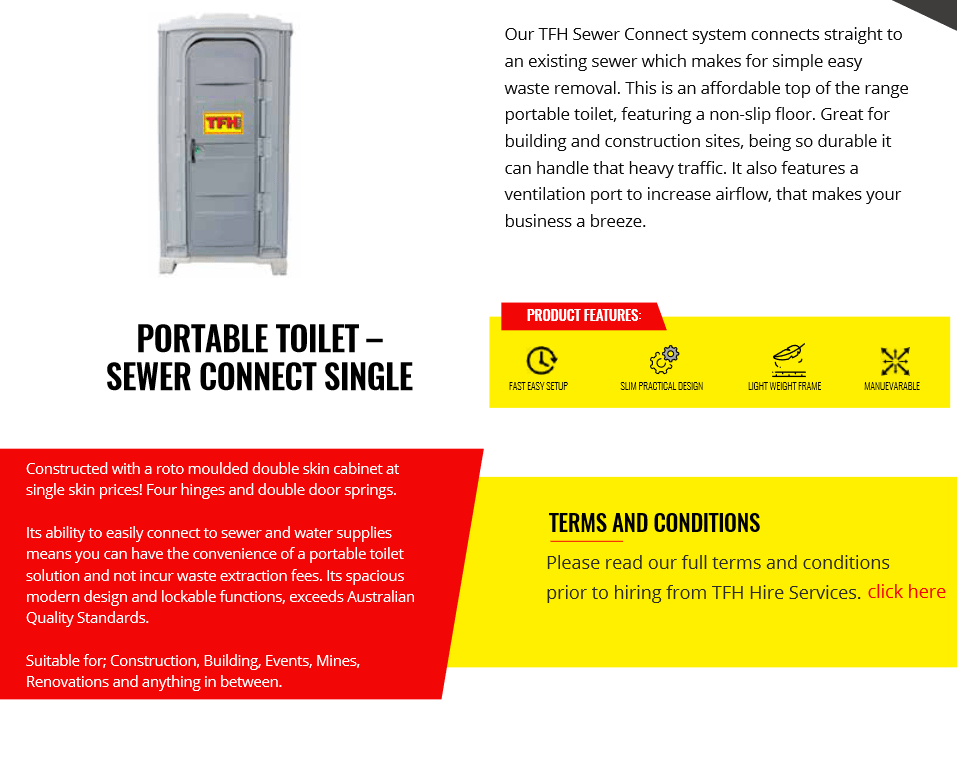The Best Strategy To Use For Reclaim Waste
The Definitive Guide to Reclaim Waste
Table of ContentsHow Reclaim Waste can Save You Time, Stress, and Money.Our Reclaim Waste StatementsThe Basic Principles Of Reclaim Waste The 10-Minute Rule for Reclaim Waste6 Simple Techniques For Reclaim Waste
Residential sewer waste refers to the waste and items from a domestic septic container. The appropriate management and disposal of domestic sewer waste require fluid waste to be transferred to a sewer treatment plant where the correct methods and devices are used to purify and dispose of waste.
Industrial waste frequently consists of potential risks, such as combustible materials or a mix of fluid and strong waste products, and needs an advanced and detailed disposal procedure. The disposal of industrial waste generally entails the filtering of waste prior to transportation to make sure secure and appropriate disposal. Hazardous waste is created from by-products and overflow of commercial procedures and production.
This kind of waste can not utilize the exact same sewer management transportation or procedures as septic or business liquids. The commercial waste administration process needs the examination and screening of liquid waste before it undergoes the disposal process (industrial wastewater treatment). Runoff waste is the fluid waste that originates from drainage and excess stormwater in very booming locations or cities
Overflow waste can cause contamination and flooding if not dealt with correctly. Guaranteeing correct waste management can protect against catastrophes and minimize environmental injury.
The Reclaim Waste Diaries
Get in touch with PROS Solutions today to discover our waste management and disposal solutions and the proper ways to care for the liquid waste you generate.
(https://www.edocr.com/v/pd6avrzq/leonaube33101/reclaim-waste)This so-called 'wastewater' is not only an essential resource yet, after treatment, will be launched to our land, waterways or the ocean. Used water from toilets, showers, baths, kitchen area sinks, laundries and industrial processes is recognized as wastewater.

water made use of to cool down equipment or clean plant and tools). Stormwater, a kind of wastewater, is runoff that flows from agricultural and urban locations such as roofs, parks, gardens, roads, courses and seamless gutters right into stormwater drains pipes, after rain. Stormwater moves neglected directly to neighborhood creeks or rivers, ultimately reaching the ocean.
Fascination About Reclaim Waste
In Queensland, the majority of wastewater is dealt with at sewage treatment plants. Wastewater is delivered from residential or industrial sites through a system of drains and pump stations, known as sewerage reticulation, to a sewer therapy plant. Neighborhood governments build, maintain and operate most sewage therapy plants. Operators are certified under the Environmental Defense Act 1994 to release cured wastewater at an acceptable ecological standard into rivers.
The Division of Natural Resources encourages city governments regarding managing, operating and preserving sewerage systems and treatment plants. In unsewered locations, city governments might need homeowners to install individual or household sewer treatment systems to treat domestic wastewater from commodes, cooking areas, bathrooms and washings. The Division of Natural Resources authorises the use of household systems when they are verified to be effective.
In some brand-new neighborhoods, treatment of some stormwater to eliminate litter, sand and crushed rock has started utilizing gross pollutant traps. Wastewater therapy takes place in four stages: Gets rid of solid issue.
Utilizes tiny living organisms understands as micro-organisms to damage down and eliminate staying liquified wastes and fine bits. Micro-organisms and wastes are included in the sludge.
What Does Reclaim Waste Mean?
Nutrient removal is not readily available in any way sewer treatment plants due to the fact that it calls for pricey specialized tools. It is coming to be more common in Queensland. Clear fluid effluent produced after therapy might still include disease-causing micro-organisms. If this effluent is launched into waterways such as rivers or the sea, the micro-organisms will at some point pass away out.

The majority of wastewater streams into the sewage system. helpful hints Under the Act, regional federal governments provide approvals and permits for ecologically relevant activities (Periods) including wastewater releases that could have a local influence.
The 8-Minute Rule for Reclaim Waste
Otherwise, examples are taken for lab evaluation. Usually numerous examinations are required to develop the levels of each of the different contaminants such as oils, hefty metals and chemicals in water. Surveillance provides valid information about water high quality and can verify that permit conditions are being satisfied. The info gotten via monitoring offers the basis for making water quality decisions.